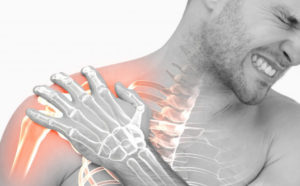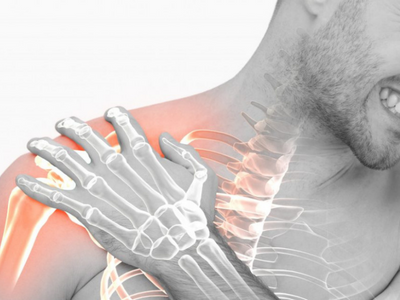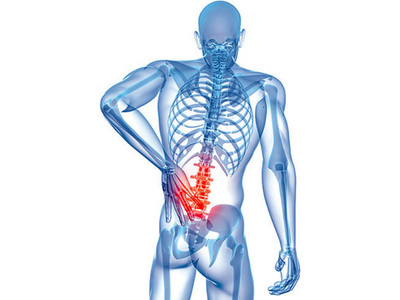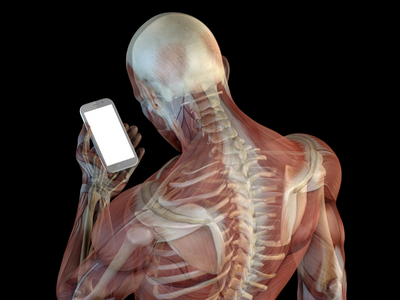Shoulder pain is a common problem which lot of regular or athletic population face during their life time. However, identifying the source of this shoulder pain can get better insights to the resolution of the problem.

Understanding shoulder pain
This requires knowledge of the structures involved the activity which lead to the pain and the present or past history of events.
For example, a regular individual who complains of shoulder pain may have Sub acromial impingement syndrome or rotator cuff syndrome or a cervical disc prolapse, it’s the occupation, lifestyle presenting posture of the individuals, and many other factors point out to the cause of pain and the provisional diagnosis.. At the same time it is important to judge and understand that the shoulder pain could be referred from the heart ache as well.
SHOULDER INJURIES IN SPORTS:-
- The shoulder is a frequent site of injury in competitive athletes. Shoulder injuries
comprise between 8% and 13% of all athletic injuries. - These injuries may result from repetitive overhead activities (in swimmers, baseball pitchers, tennis players, and javelin throwers) or direct trauma (in football and rugby players).
- Within a given sport, most shoulder injuries are position specific. In baseball, shoulder injuries are more common among pitchers. In swimming, shoulder injuries are most common in those who compete in butterfly, freestyle, and backstroke events.
- In addition to the nature of the sport and the position played, shoulder injuries in the athlete depend on the anatomic variants specific to each athlete, their age, conditioning, level of play, level of overhead activity, techniques used, and the length of participation in their respective sport.
THE SHOULDER COMPLEX AND ITS FUNCTION:-
- The shoulder Complex is made up of these 4 joints which are run by over 30 different muscles. the sternoclavicular (SC),acromioclavicular (AC), and glenohumeral (GH) joints, as well as the scapulothoracic articulation.
 .
. - Over a period of years, there certain wear and tears occuring around these joints which disrupt the normal working harmony of these joints and the muscles
- The primary goal of the shoulder complex is to position the hand in space for activities of daily living.
- Secondarily, during overhead athletic activities such as throwing and serving, the shoulder functions as the “funnel” through which the forces from the larger, stronger muscles of the legs and trunk are passed to the muscles of the arm, forearm, and hand, which have finer motor skills.
- The ability to execute these actions successfully comes from a balance in mobility and functional stability of the shoulder complex.
- The majority of the stability at the shoulder is determined by the soft tissue structures that cross it. The ligaments and capsule form the static stabilizers and function to limit translation and rotation of the humeral head on the socket of the shoulder joint.
- The muscles make up the dynamic stabilizers of the shoulder joint and impart stability in a variety of ways. During muscle contraction, they provide increased capsule ligamentous stiffness, which increases joint stability.
- They act as dynamic ligaments when their passive elements are put on stretch . Most importantly, they make up the components of force couples that control the position of the arm and the shoulder blade, helping to appropriately direct the forces crossing the shoulder joint .
- Proper scapula (shoulder blade) motion and stability are critical for normal shoulder function. The scapula forms a stable base from which all shoulder motion occurs, and correct positioning is necessary for efficient and powerful arm movement.
- Abnormal scapula alignment and movement, or scapula thoracic dyskinesis, can result in clinical findings consistent with instability and/or impingement syndrome.
WHAT DO SYMPTOMS POINT OUT TO?
- Weakness may appear as a true loss of power, sugges
 ting a neurological disorder, or as a sudden and surprising inability to abduct the shoulder – perhap sdue to a tendon rupture. Between these extremes there is weakness in performing only certain movements and weakness associated with pain.
ting a neurological disorder, or as a sudden and surprising inability to abduct the shoulder – perhap sdue to a tendon rupture. Between these extremes there is weakness in performing only certain movements and weakness associated with pain. - Instability symptoms may be gross and alarming(‘my shoulder jumps out of its socket when I raise my
arm’); more often they are quite subtle: a click or jerk when the arm is held overhead, or the ‘dead arm’ sensation that overtakes the tennis player as he or she prepares to serve. - Stiffness may be progressive and severe – so much so as to merit the term ‘frozen shoulder’.
- Swelling may be in the joint, the muscle or the bone; as a patient its difficult to know the difference.
- Deformity may consist of asymmetry of the arm, squaring of shoulders, winging of the
scapula or an abnormal position of the arm. - Loss of function is usually expressed as difficulty with dressing and grooming, or inability to lift objects or
work with the arm above shoulder height.
These are the most common signs and symptoms and each points towards involvement of specific structures in the shoulder which help aid our diagnosis.
WHAT SHOULD U EXPECT DURING YOU EXAMINATION?
- once you contact us, we might have a brief chat about your problem on the phone.
- on the first visit, you should get all your investigations as well as referal papers.
- on the first visit maximum time goes in understanding how did the pain start and a brief history is taken, all the reports are read and an examination pertaining to your shoulder pain is performed.
- then i usually explain all my clients the course of treatment, all of this will take around 20 min.
- next the treatment is started on the first visit itself.
WHAT TREATMENT PRINCIPLES BASED ON DURING SHOULDER PHYSIO?
-
- In most patients, rehabilitation after a shoulder injury should initially focus on pain control and regaining the coordinated motion throughout all components of the shoulder complex.
- Once motion is regained, attention is shifted to strengthening and re-educating the muscles around the shoulder to perform their normal tasks.
- To reproduce the precision with which the shoulder complex functions, the muscles need to be re-educated through “learned motor patterns.”
- These patterns position the shoulder complex in “predetermined” ways and activate the muscles in precise synchronization to maximize recovery of function.
- Associated conditioning of the lower extremities and trunk muscles is extremely important because over 50% of the kinetic energy during throwing and serving is generated from the legs and trunk muscles.
- Therefore, rehabilitation of all components of the kinetic chain is required before the successful return of competitive or strenuous overhead athletic activities.




